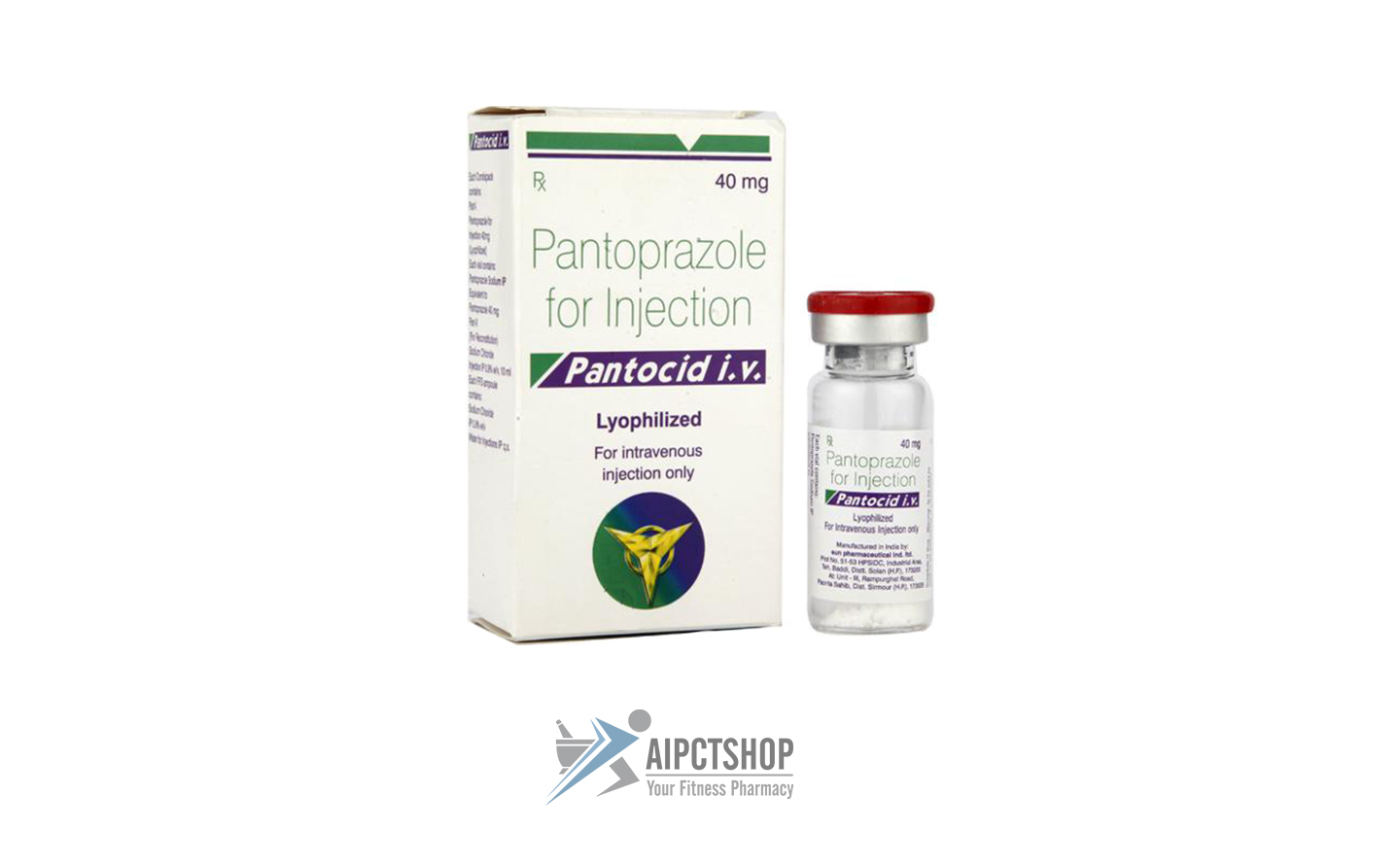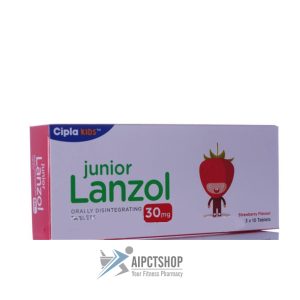What is this drug used for?
– It is used to treat gastroesophageal reflux disease (GERD; acid reflux) and to treat syndromes caused by lots of stomach acid. It may be given to you for other reasons. Talk with the doctor.
Frequently reported side effects of this drug
– Headache
– Abdominal pain
– Diarrhea
– Nausea
– Vomiting
– Dizziness
– Passing gas
– Common cold symptoms
– Joint pain
Other side effects of this drug: Talk with your doctor right away if you have any of these signs of:
– Chest pain
– Difficulty swallowing
– Low magnesium like mood changes; muscle pain or weakness; muscle cramps or spasms; seizures; tremors; lack of appetite; severe nausea or vomiting; or an abnormal heartbeat
– Lupus like rash on the cheeks or other body parts, sunburn easy, muscle or joint pain, chest pain or shortness of breath, or swelling in the arms or legs
– Kidney problems like unable to pass urine, blood in the urine, change in amount of urine passed, or weight gain
– Bone pain
– Injection site irritation
-?Clostridioides?(formerly?Clostridium) difficile–associated diarrhea like abdominal pain or cramps, severe diarrhea or watery stools, or bloody stools
– Stevens-Johnson syndrome/toxic epidermal necrolysis like red, swollen, blistered, or peeling skin (with or without fever); red or irritated eyes; or sores in mouth, throat, nose, or eyes
– Signs of a significant reaction like wheezing; chest tightness; fever; itching; bad cough; blue skin color; seizures; or swelling of face, lips, tongue, or throat.
Note:?This is not a comprehensive list of all side effects. Talk to your doctor if you have questions.
Pronunciation
(pan TOE pra zole)
Medication Safety Issues
Sound-alike/look-alike issues:
Pantoprazole may be confused with ARIPiprazole
Protonix may be confused with Lotronex, Lovenox, protamine
Administration issues:
Vials containing Protonix IV for injection are not recommended for use with spiked IV system adaptors. Nurses and pharmacists have reported breakage of the glass vials during attempts to connect spiked IV system adaptors, which may potentially result in injury to healthcare professionals.
Geriatric Patients: High-Risk Medication:
Beers Criteria: Proton pump inhibitors are identified in the Beers Criteria as potentially inappropriate medications to be avoided (as scheduled use for more than 8 weeks) in patients 65 years and older due to their risk of?C. difficile?infection and bone loss/fractures unless given for high-risk patients (eg, oral corticosteroid or chronic NSAID use), patients with erosive esophagitis, Barrett’s esophagitis, a pathological hypersecretory condition, or if the patient has demonstrated a need for maintenance therapy (eg, failure of drug discontinuation trial or failure of H2?blockers) (Beers Criteria [AGS 2019]).
International issues:
Protonix [US] may be confused with Pretanix brand name for indapamide [Hungary]
Protonix: Brand name for pantoprazole [US] but also the brand name for omeprazole [Philippines]
Generic Availability: US
May be product dependent
Storage and Stability
Oral: Store tablet and oral suspension at 20?C to 25?C (68?F to 77?F); excursions permitted to 15?C to 30?C (59?F to 86?F).
IV: Prior to reconstitution, store at 20?C to 25?C (68?F to 77?F); excursions permitted to 15?C to 30?C (59?F to 86?F). Do not freeze. Protect from light prior to reconstitution; upon reconstitution, protection from light is not required. Do not freeze reconstituted solution. Per manufacturer’s labeling, reconstituted solution is stable at room temperature for up to 6 hours; further diluted (admixed) solution in D5W, LR, or NS should be stored at room temperature and used within 24 hours from the time of initial reconstitution. However, studies have shown that reconstituted solution (4 mg/mL) in polypropylene syringes is stable up to 96 hours at room temperature (Johnson 2005). Upon further dilution, the admixed solution should be used within 96 hours from the time of initial reconstitution. The preparation should be stored at 3?C to 5?C (37?F to 41?F) if it is stored beyond 48 hours to minimize discoloration.
Adverse Reactions
Incidences are associated with adults unless otherwise specified.
Cardiovascular: Edema, facial edema (children, adolescents, & adults), thrombophlebitis (IV)
Central nervous system: Depression, dizziness (children, adolescents, & adults), headache (more common in adults), vertigo (children, adolescents, & adults)
Dermatologic: Pruritus, skin photosensitivity, skin rash (more common in children & adolescents), urticaria (children, adolescents, & adults)
Endocrine & metabolic: Increased serum triglycerides (children, adolescents, & adults)
Gastrointestinal: Abdominal pain (children & adolescents), constipation (children, adolescents, & adults), diarrhea (children, adolescents, & adults), flatulence (children & adolescents), nausea (children & adolescents), vomiting (children, adolescents, & adults), xerostomia
Hematologic & oncologic: Leukopenia, thrombocytopenia
Hepatic: Hepatitis, increased liver enzymes (children, adolescents, & adults)
Hypersensitivity: Hypersensitivity reaction (children, adolescents, & adults)
Neuromuscular & skeletal: Arthralgia (children, adolescents, & adults), increased creatine phosphokinase (children, adolescents, & adults), myalgia (children, adolescents, & adults)
Ophthalmic: Blurred vision
Respiratory: Upper respiratory tract infection (children & adolescents)
Miscellaneous: Fever (more common in children & adolescents)
Rare but important or life-threatening: Acute interstitial nephritis, ageusia, agranulocytosis, anaphylactic shock, anaphylaxis, angioedema, asthenia, bone fracture,?Clostridium difficile?associated diarrhea, confusion, cutaneous lupus erythematous, drowsiness, dysgeusia, erythema multiforme, fatigue, gastric polyp (fundic gland), hallucination, hepatic failure, hepatotoxicity, hypomagnesemia, hyponatremia, insomnia, jaundice, laboratory test abnormality (false-positive for THC), malaise, pancytopenia, pneumonia (Eom 2011), renal disease (chronic; Lazarus 2016), rhabdomyolysis, severe dermatological reaction, Stevens-Johnson syndrome, systemic lupus erythematosus, toxic epidermal necrolysis, weight changes









Reviews
There are no reviews yet.